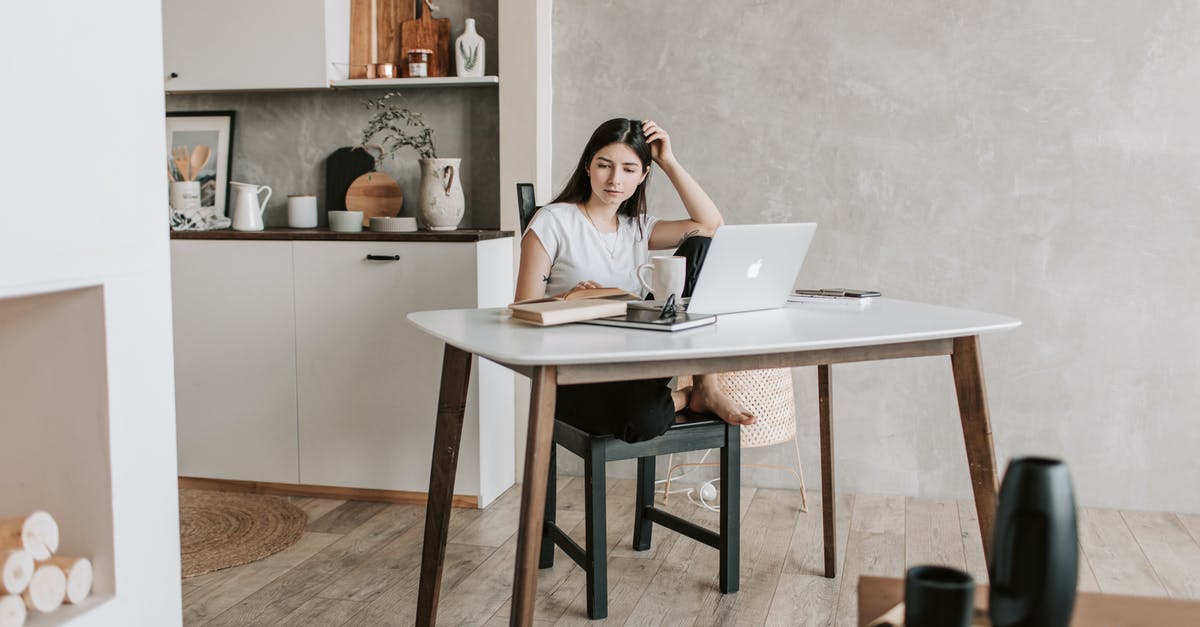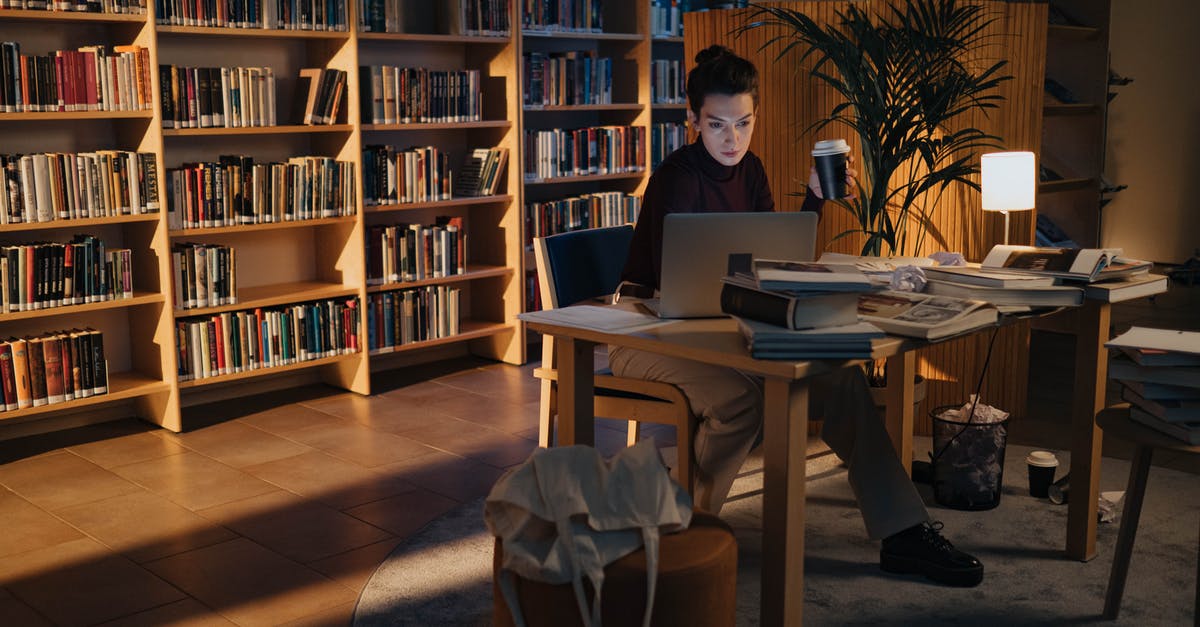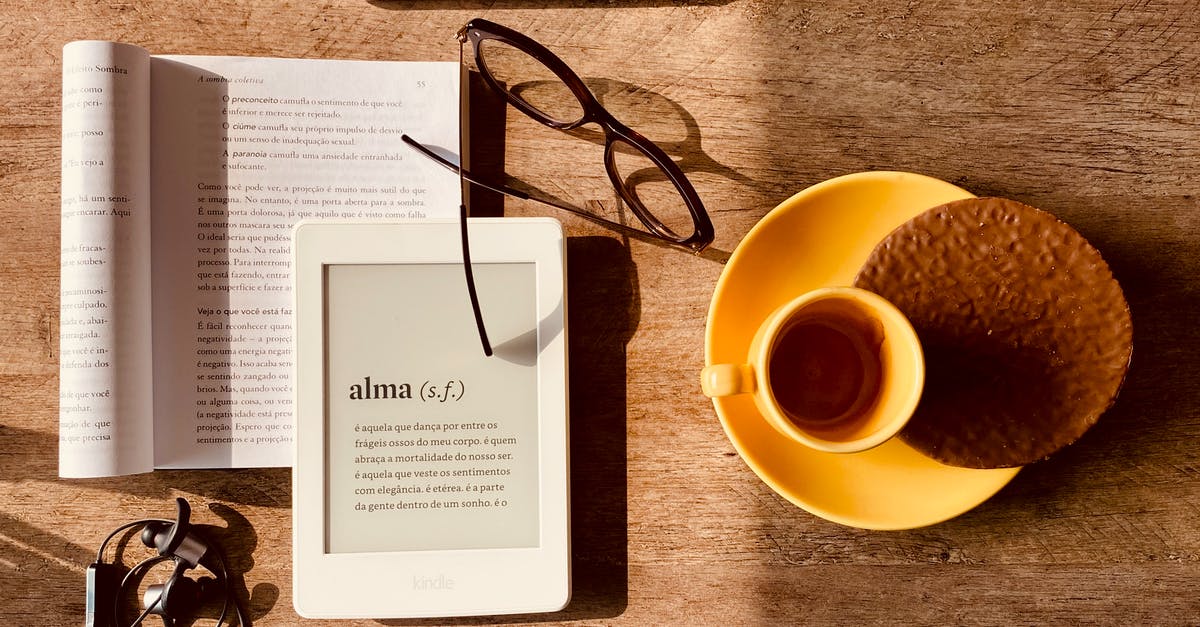What research is there on tea preparation?

I'm a fan of modernist cooking, and its emphasis on precise measurements and consistency. I'm curious how to apply this to tea preparation - in particular, several things:
- It seems to be well established that different types of tea should be prepared at different temperatures - black tea and fruit infusions with boiling water, green tea at 80 degrees centigrade, and so forth. Where/when was this established? How do we know it's optimal for each tea?
- Likewise, durations to steep tea seem fairly well established. Is there any research on this? People seem a bit fuzzier on this than on temperatures, with some variation.
- There's a lot of variance on the amount of tea leaves per litre of tea, varying between 2 grams per cup (8 grams per litre) and 15 grams per litre! Obviously, this depends on how finely cut the tea is, too. Is there any way I can determine this more objectively than just trying different amounts and tasting?
- There seem to be several theories on how best to prepare iced tea. Some suggest using more tea and steeping for longer, some suggest preparing it cold, and so forth. Has anyone determined objectively which are better?
I realize this my come across as rather pedantic, but given the huge variation in preparation suggestions, I'm interested in trying to figure out which work best. Most of the questions above could be answered to some degree, too, with an explanation of what it is - chemically - that makes one batch of tea better or worse, providing a foundation for making these sort of decisions.
Best Answer
The making of tea is a balance between three factors that affect how the flavours of the leaves are infused into the water: time, temperature, and the ratio of leaf surface area to water.
Generally, more of any one of those parameters is balanced by less of the others. The temperature,however, has a specific minimum requirement, below which certain things simply won't occur. This is why black tea must be made with the water starting at the boiling point, and not at 70 degrees.
As for precision, the problem is mostly defining the result, not the conditions. How do you define a good cup of tea in a way that is measurable and repeatable?
Practically speaking, I find that the different traditions in each tea-drinking culture are a very good starting point to work from. After that, you can adjust and experiment all you want. Remember that traditions can vary from "one for each cup and one for the pot" to the intricacies of a full Japanese tea ceremony.
Pictures about "What research is there on tea preparation?"



What is the science behind making tea?
Oxidation converts the polyphenols into new compounds, mainly theaflavins and thearubigins. Applying heat during processing stops the oxidation process and the enzyme activity. By controlling the degree of oxidation, the tea-maker creates the distinctive flavour and chemical profile of their tea.What is the analysis of tea?
Green tea polyphenols, i.e. catechins, are the most abundant polyphenols in green, white and oolong tea....1. Introduction.TeaMajor polyphenolic componentsWhite teaCatechinsBlack tea (red tea)Catechins, theaflavins, thearubiginsOolong teaCatechins, theaflavinsPu-erh teaRaw pu-erh teaCatechins, minor theaflavins2 more rows•Sep 5, 2012What science says about getting the most out of your tea?
Brewing with freshly boiled water for two to three minutes, as per the instructions, extracts about 60% of the catechins, 75% of the caffeine and 80% of the L-theanine. The longer you brew the more bioactives you get, but also the stronger the taste.What is commonly used in tea preparation?
Tea processing is the method in which the leaves from the tea plant Camellia sinensis are transformed into the dried leaves for brewing tea....General.Pan-roasting FixationHangul\ub356\uc74c\ucc28 / \ubd80\ucd08\ucc28Hanja--\u8336 / \u9ea9\u7092\u83368 more rowsHow you've been making tea WRONG your entire life - BBC
More answers regarding what research is there on tea preparation?
Answer 2
The standardizations are deeply cultural in nature, to begin with, not "scientific" per se (not the least because taste preferences are not scientific to begin with). They can be described or explained scientifically, but that isn't really the same thing.
The "standard" brew times you mention are from the western method of brewing tea, which is meant to efficiently extract the majority of available flavor compounds, and a minority of bitter compounds, within a single brew. The ISO tasting guidelines (or something like them) are an excellent place to start, actually, how it worked was people taking a standard amount (tea-spoon) and brewing the tea in hot water till all the flavor was soaked out of it, and then varying the time up or down and taste-testing to let people find a compromise time, where the flavor is balanced by bitterness... some place people could figure out as a starting point from which their own preferences could be mapped. This is not an absolute time, really, some will prefer lighter or darker, brewing times hotter or colder, using less tea or more - it's an average to begin with, and once people were making blends, it becomes an official recommendation "we tested percentages brewed at these times, for a standard product that you can expect XYZ from" (and blended their tea based what was extracted at those standard instructions). It works as a recipe, not a rule. Some science, and some calculations, can predict solubility of specific compounds over temperature and time for many of the flavorful components in the tea leaves - since the extraction of these compounds is one point to keep in mind - but that is more explaining after the fact why those points were chosen, not the cause. A western style cup of tea is hearty and flavorful, often with some bitter notes (strong tea) but avoiding most bitterness, drunk plain or with a modest dressing (a little bit of sugar and milk or honey and lemon). Typical flavorings are also brewed mild (to be extracted at the same brewing temp), flowers, fruit, and so on.
Of course, if you look at south asian-style tea (India, Thailand, Persia, etc), people used to western style will call it all wrong despite being an older and very well established tradition. South asian styles, which include milk teas and spiced chais, go for maximum extraction of the flavor compounds, heavy boiling and then diluting to palatable consistency. For this reason, it is common for the teas to be served with generous amounts of sugar, milk, and spices to mellow the bitterness. The bitterness, which is to be minimized in western style brewing, is a feature of this kind of tea (think how bitter coffee is, it isn't considered a problem). That maximum extraction is accomplished by boiling the tea for a long time (15 minutes, couple hours, something like that). This is also fairly standard and well established, by the way, the methods are culturally common. The extended boil also allows flavor to be extracted from any added spices, better dissolves the traditional sugars (chunks of rough jaggery, or flavored thick crystals or candies, which all take more time and heat than fine processed white sugar), and can allow for altering the orders of ingredients for different effects from differing times or interactions (from spices added at beginning or end, to whether the tea was added before or after the milk). A typical south asian cup is brewed dark and strong and bitter, served with a generous amount of sweetner, with milk and other strong, dry spices (cinnamon, clove, ginger, cardamom, saffron) frequently added. A lighter cup of tea would be lost in other flavors.
On the other hand, east asian style (japan and china) is very much the opposite - they brew very lightly and coolly, favoring a delicately flavored hot water. This is where the "precise temps and short times" brewing style came from, and some of this crossed over into the western style of brewing (accounting for the much lower temps accorded to green tea, for example). The ideal experience in this culture is multiple brews, and experiencing how the tea changes over its brewing time. The brewing therefore uses much more tea, uses much less water, and brews for much less time, per serving - since they expected that tea to last many servings. Some brew times are exceedingly short (I have seen 12 seconds) because the tea was already hydrated, hot, and extracting into the dregs of the teapot from the last round of brewing. Western brewing would therefore be ridiculously over-brewed by this standard, all the flavor meant for up to 20 infusions ending up in a single cup. They want a tea that's complex, slow brewing, sweet (not bitter).
Other oddball methods of drinking tea - Russia, Turkey, and southern USA boil a strong, sweet infusion and serve it either bitter and strong, or diluted (with water) to form a more palatable drink. Tibet serves a strongly brewed tea with butter and salt. Several cultures from China to Russia have toasted their tea before brewing, or smoke the tea, over the fire or in pans (partially left over from the tea brick trade). Another leftover from tea bricks was tea powdered and whisked, and not strained at all before drinking (very concentrated). Some of the info comparing cultures and tea is from here, and here, other parts I've seen over years.
Anyway, after all that, the answer is mostly no, there's no standard, no objective anything, no way whatsoever of judging one cup of tea better than another. You can pick a style and judge by those standards, which are discovered through centuries of trial and error. It might help to judge a tea by the cultural standards it is marketed to - western marketed tea will be measured, blended, and tailored to western brewing times, while east asian teas will have vastly different brewing conditions - although you can prefer a tea to be prepared by other standards than it's own. You can judge by your own standards, what you like better or not.
You can get consistency, kinda, by following the same brewing instructions every time - it should at least give you an idea for how to tweak each tea to your tastes. However, consistency in teas are artificially done - tea is a biological product (think wine), where weather, treatment, year, and grade can drastically effect the leaf's taste even from the same cultivars in the same plantations. Big tea companies have blenders (who test the all the available batches of tea, and mix blends of different teas to achieve their own consistent brand flavor - and must re=blend every year.
So if half of the reason for the western tea brewing time and temp recommendations is a version of the ISO guidelines, a standard to start from, the other half is these blenders. People had to taste tea brewed to these specifications to compare different lots of tea, so when they were mixing blends they were specifying, layering, planning each blend around the flavors and effects that were extracted at these times and temps.
Other specific questions - to get the amount of tea used, there is either blind guesswork, or official recommendations. Those recommendations will be specific to your tea, of course - the instructions on the package, for western style brewing. The amount used is not really supposed to depend on how finely cut the tea is (same amount of leaf to same amount of flavor, just quicker to extract), but it does depend on the leaf, when it was picked, how it was treated (fermented, oxidized, packed or rolled) - and also by the brewing temperature and time, since the three together will directly effect the strength of your brewed tea. More tea is extracted with each variable more/higher/longer, less is extracted with the variable less (and balancing one against the other is possible for strength, but not precise flavor).
But there's no objective way to tell where a tea will taste best, because there's no standard beyond "what the tea blender intended". It will also depend heavily on the brewing style - south asian style will use less (one teabag per pot, sometimes), since more flavor is extracted from the tea in boiling it to death, while east asian will use more tea (a lot more, like a third as much tea as water) since it is extracting very briefly each time, and needs to have enough flavor left over for a lot of infusions.
Iced tea also does not have objective standards. Sometimes a more concentrated solution is used, because it will be diluted with ice, or because it's easier to brew a smaller amount and add to cold water than to heat and let cool a large amount of extra water. Some people believe cold-brewing won't bring out the bitter flavors. Some people want those bitter flavors (southern sweet tea, for example). Some people dilute the tea because they want a light refreshing cool drink, sometimes flavored with lemon or fruit. Others make it strong because it's served with milk and spices, just like their hot tea. There's science behind what each method does and why, but the method used depends on what effects the tea drinker wants out of the tea - and that can very considerably.
Answer 3
There is an ISO standard for tea preparation.
To quote the summary:
- The pot should be white porcelain or glazed earthenware and have a partly serrated edge. It should have a lid that fits loosely inside the pot.
- If a large pot is used, it should hold a maximum of 310 ml (±8 ml) and must weigh 200 g (±10 g).
- If a small pot is used, it should hold a maximum of 150 ml (±4 ml) and must weigh 118 g (±10 g).
- 2 grams of tea (measured to ±2% accuracy) per 100 ml boiling water is placed into the pot.
- Freshly boiling water is poured into the pot to within 4-6 mm of the brim. Allow 20 seconds for water to cool.
- The water should be similar to the drinking water where the tea will be consumed
- Brewing time is six minutes.
- The brewed tea is then poured into a white porcelain or glazed earthenware bowl.
- If a large bowl is used, it must have a capacity of 380 ml and weigh 200 g (±20 g)
- If a small bowl is used, it must have a capacity of 200 ml and weigh 105 g (±20 g)
- If the test involves milk, then it can be added before or after pouring the infused tea.
- Milk added after the pouring of tea is best tasted when the liquid is between 65 - 80 °C.
- 5 ml of milk for the large bowl, or 2.5 ml for the small bowl, is used.
Answer 4
I'd venture that most of these standardizations came by tasting, tea brewing existing in its current form since at least 3 centuries. Try to brew a fine Japanese green (like a Gyokuro) with boiling water, and the bitterness will kill the pleasure. Similarly, try to prepare a rolled Taiwanese Oolong at 70°C, the leaves will never open up completely and the taste will be bland compared to the traditional way.
I should also emphasize that old tea making countries have different methods of preparation : in China, the Gong Fu Cha is quite radical for a western tea lover, and in Japan the Kyusu or the matcha bowl are also unheard of.
Answer 5
I would describe tea brewing to be something more loose and artistic. Of course there are certain rules that you need to understand such as:
- The less oxidized the tea, the lower the brewing temperature should be. Take for example a green. Too high temperatures can possibly result in bitterness, which might cover the delicate aroma.
- Steeping duration: the lower the temperature the longer the steeping duration should be to compensate for the low temperature.
- Teas that require high temperature should be steeped in teaware that isolate heat better (Yixing teapots). Also teaware can be preheated by rinsing with hot water. In contrast, teas that require low temperatures can be steeped in less isolative teaware (glass teapots).
These are more intuitional guidelines that help one to find the best brewing conditions for tea faster. The reason that you can't have a perfectly written standard, because 'tea' itself isn't standard. The flavour and aroma will differ per tea region, tea type, year and season. So instead of using a fixed standard or fixed recipe, approach tea brewing as if you're performing art.
Sources: Stack Exchange - This article follows the attribution requirements of Stack Exchange and is licensed under CC BY-SA 3.0.
Images: Vlada Karpovich, Ron Lach, Hosana Cruz, RF._.studio
